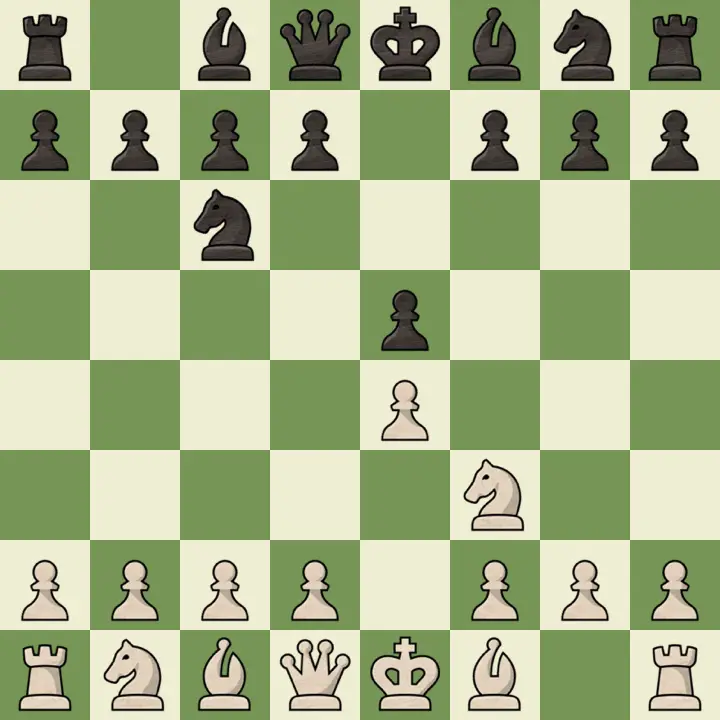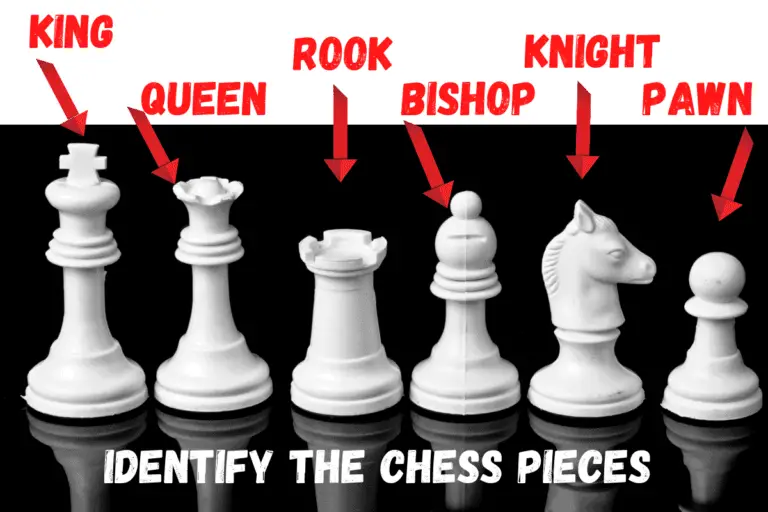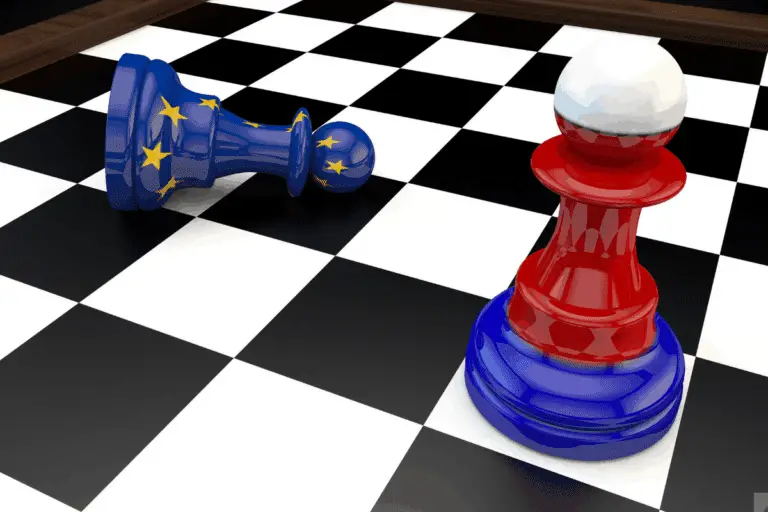How Many Moves are in Chess? The Unfathomable One Novemtrigintillion
⭐⭐⭐ Take 3 minutes to read and improve your chess game ➡️ : This article was first published on, and is Copyright of Chessquestions.com
When you are playing a chess game, how often do you consider the number of possible legal moves? Probably not too often, because the number is so astronomical that it’s hard to even comprehend. In this article, we will try to explain just how many possible moves there are in an average game of chess, and why the number becomes unfathomable very quickly.
A conservative estimate from the Shannon number predicts 10120 possible moves in a game of chess with 40 moves for each player. That’s 10, followed by 120 zeros, at the lower end of possibilities, with that figure being potentially multiplied by double-figure options for every subsequent move.

How to Find the Number of Moves in Chess
Coming up with the number of possible moves in chess is no mean feat. As you will see below, I got five moves in before things started to go really crazy.
I’ll document those first 5 moves and then hand them over to the experts and the relied upon a conservative estimate that is the accepted general figure shown above.
There are 20 possible first moves
The easiest way to explain how this figure can become so colossal is to explain the simplicity of the math for the first few moves.
Before the game begins and the first move has been played, white has the option of 20 possible first moves.
When Black plays Its First move there are already 400 combinations
When black plays their first move, they too have the same 20 possible options.
So after just one move for each player, there are 20 x 20 possible combinations of moves that could have been made.
Now white has even more options
Using the example of the first two moves being 1. e4 e5
White now has 29 options. 14 possible pawn moves of the remaining 7 pawns moving either one or two squares, the Queen has 4 possible squares to occupy and the light squared bishop 5, The queen’s knight has 2 possible moves and the Kings Knight 3, and the King has the Bongcloud move.
So now we take out 400 possible moves and multiply them by the 29 options and we have 11,600 permutations of the first three moves
After Just 4 moves there are now over 8 Million possibilities
Black now has the same 29 options – here we go again 11,600 x 29 , we are now at 336,400 and only four moves have been played.
We have played 1. e4 e5 2. Nf3 Nc6
At this position, white has 24 possible options taking the permutations to a staggering 8,073,600 and including the possibility of capture.

Do Captures reduce the possibilities?
With fewer pieces on the board, one might expect the possibilities to lessen, and whilst this will very much be the case in the end game, at the beginning of the game as the openings are played and pieces developed, space becomes available for pieces like the Bishops, Rook and Queen, and thus even more possibilities become available to add to the complexity of the already unfathomable permutations in place.
The Shannon Number
The number of possible moves in a game of chess was attempted to be mathematically arrived at by Claude Shannon who used a rather more complex method to arrive at figures than in my rather raw example above.
One Novemtrigintillion
One novemtrigintillion is the name of the conservative estimate for the number of possible moves in a game of chess consisting of 40 moves per player according to Claude Shannon who arrived at 10 to the power of 120, or ten followed by 120 zero’s (10120)
Illegal moves included
Shannon did not exclude illegal moves or positions so wasn’t based on typical chess games, but by the same token, also accounted for every possible move and board setups in a position where just a single move of a piece, or maybe even 2 or 3 would have been ‘sensible’ and expected in a normal game of chess within the rules.
Summary
There are more possible moves in a single game of chess than even the greatest of mathematical of minds can envisage at the bottom end of the scale. Today I even learned a new word (One novemtrigintillion) in my quest to provide the easiest to understand answer to this most popular of chess questions. In working out just the first 5 moves, my mind was blown as to just how many moves are possible in a game, and now I understand why my accuracy scores are not as good as they should be and blunders as present as ever.
If you have a mathematical mind, you may enjoy the source of the name of the number presented in this article – It was quite an incredible and eye-opening read.






